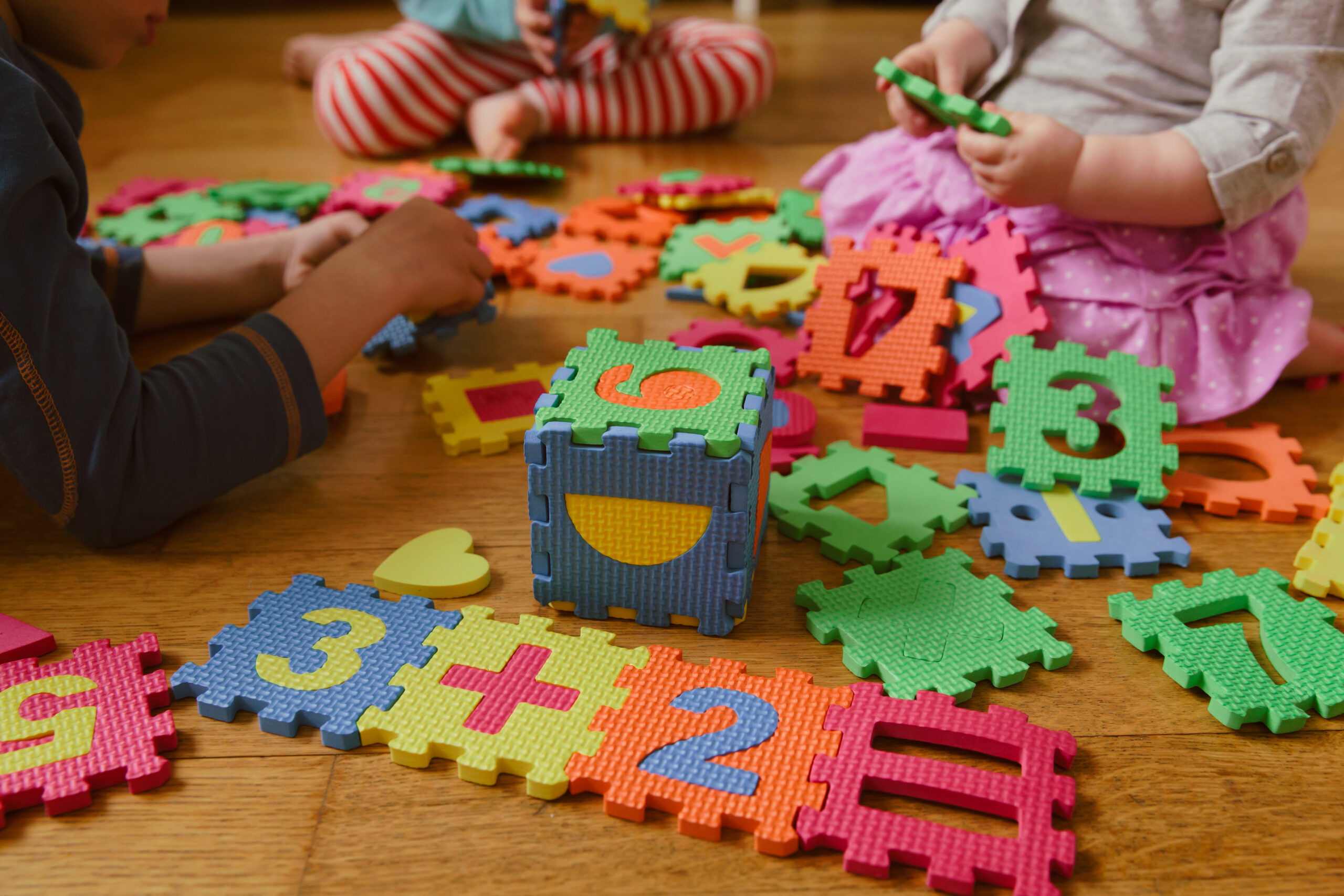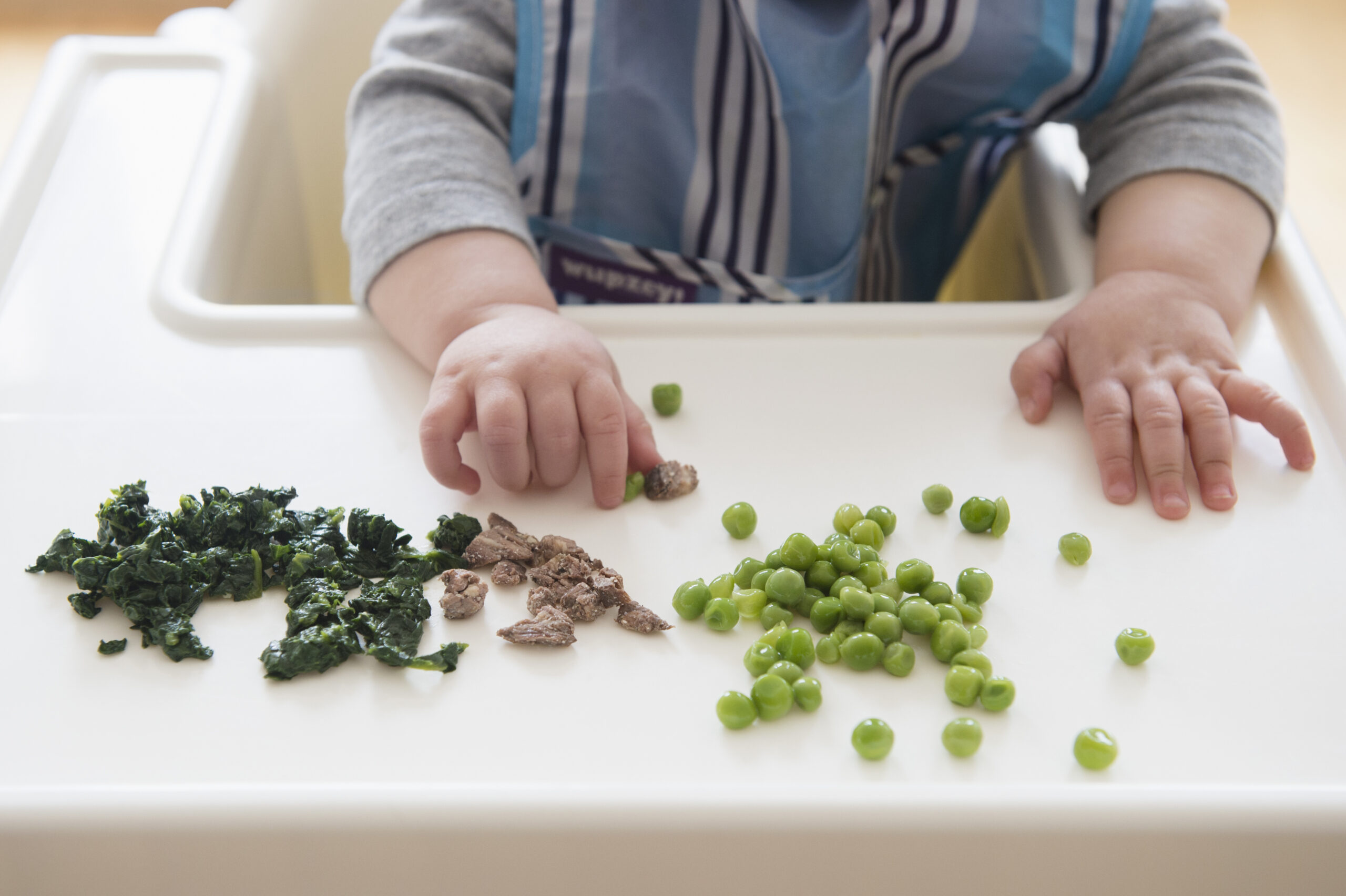Childcare in New Zealand is among the most expensive in the world.
A recent study by the Organisation for Economic Co-operation and Development (OECD) found that couples living in New Zealand spend, on average, a quarter of their income on childcare costs.
So how does it compare to the rest of the world? If you’re parenting as a couple, the UK tops the chart for childcare costs as a percentage of income – followed by New Zealand, Ireland, and the United States, where dual income families typically spend at least a quarter of their income on childcare.
Single parents in the US typically spend more than half of their net income on childcare, making it the least affordable country for single parent families, followed by Ireland and Canada.

For 40-year-old Nicole of Auckland, who returned to work four years ago when her daughter turned one, there were times when she and her husband wondered whether it was worth her going back to work at all.
“We were paying around $85 a day initially which was quite high – and we had to provide lunch. This also went up while we were there, but I ended up leaving work after six months, and took six months off working altogether. The timing of my return hadn’t been right for our family.”
Second time round, Nicole took a lesser-paying job with hours that better suited family life.
“I was on significantly less income, but the costs of care remained the same. This meant the small extra I was bringing in was pretty much just going toward bills and petrol.
“At times we definitely realised that what we were paying in childcare was significantly reducing my income and we questioned whether it was worth it.”
As of July 2018 new parents in New Zealand are entitled to up to 22 weeks paid parental leave, and from July 2020 this will increase to 26 weeks – these measures have been introduced by the current government.
After parental leave though, subsidised childcare isn’t available until your child turns three, when you can become eligible for 20 hours’ per week free childcare with ECE-registered childcare providers – meaning many families face a period of more than two years per child of having to foot the full costs of having their child in care while they work.
When Nicole and her husband moved their daughter to an ECE-registered kindergarten after she turned three, the couple’s costs reduced significantly.
“Suddenly we were paying $44 a week for four full kindy days, when we had been paying over $200 for just three days of private daycare. It did help considerably in that [financial] area.”
Her daughter is now in her first year at school.

In contrast, parents living in Korea spend nothing on childcare because it’s fully covered by state benefits.
Another survey, the Family Life Index, rated Austria, Finland and Sweden as the best countries for quality, cost and availability of childcare and education – in comparison New Zealand ranked 14th out of 20 countries in terms of affordability of childcare, and 10th for quality.
Scandinavia, in particular, has long been held up as a feminist utopia for working parents. In Denmark, where childcare accounts for around 10 per cent of family income, all children older than six months are entitled to a place in publicly-subsidised childcare.
For parents in Sweden, childcare costs take up just four per cent of families’ incomes. Local governments there are obliged to provide at least 15 hours a week of childcare to children over one year old – or full-time hours in cases where both parents are in education or employment.
Maryam Ghahremani, who works as Sweden’s Country Manager for podcast platform Acast.com, says this has made a huge difference to her as a working mum.
“I believe Sweden is the most family-friendly country in the world,” she says.
“As a parent in Sweden, you are entitled to 480 days of paid parental leave when your child is born. That means most people stay at home with their newborn, with their salary paid, for 12-18 months.
“I got to have a year and a half at home with my daughter, and it was the best time of my life,” she explains.
“After that, preschool from the ages of one to six costs a maximum of 1287 SEK per month, and you get a monthly child allowance of 1050 SEK, which many families use to offset this cost,” Maryam adds.
“There’s very little cost for childcare during the first years of their life, and you don’t have to worry about putting money aside for your child’s education as school for children aged six to 19 is free of charge, including lunches.”
In fact, childcare for many European nations costs below the OECD average of 13 per cent of family income. Spanish families spend just five per cent of their income on childcare, while France and Germany rank at just below 10 per cent.

Lisa Kennelly, Director of Marketing at female health app Clue is originally from the US but is now based in Berlin. Both she and her husband work full-time and have benefitted from Germany’s affordable childcare since having their daughter.
“Daycare can be covered entirely by the government – you just need to fill out some paperwork explaining how many hours of daily care you need. My husband and I have requested seven to nine hours from the time our daughter turns one,” she explains.
“The law just changed so that, from one year old, you don’t have to pay anything but the monthly food costs of around 23 euro. Some daycare centres have additional fees on tops of that for special food, or music or language lessons, but it’s not prohibitive,” Lisa adds.
The trickiest part, she adds, is finding daycare with spaces available.
“There’s a baby boom here right now, so many places have waiting lists that are years long. You have to do some serious legwork to call around, visit different places, and a bit of schmoozing to secure a place,” she explains.
“Given that we’re originally from the US and don’t have family close by, it’s huge to have affordable, accessible childcare options available to us,” she adds.
“I haven’t had a child in the US, but from talking to friends there I know it is much more expensive than in Germany, and parental leave is generally much shorter than the one year you get here, so it becomes much more urgent [for parents in the US] to find care.”
A round-up of NZ stats and facts:
The average number of hours Kiwi kids spend in early childhood education (ECE) is 20.7 hours a week. There are more than 200,000 kids enrolled across the country.
New Zealand has more than 4500 licensed Early Childhood Education providers across the country.
ECE comes in a range of forms, with 55 per cent of providers coming under the umbrella of education and care – that includes daycares and preschools.
A 2014 study carried out by BNZ and Plunket found the average Kiwi parent spent about $11,500 a year on childcare.
Via Grazia with additional reporting by Now To Love


